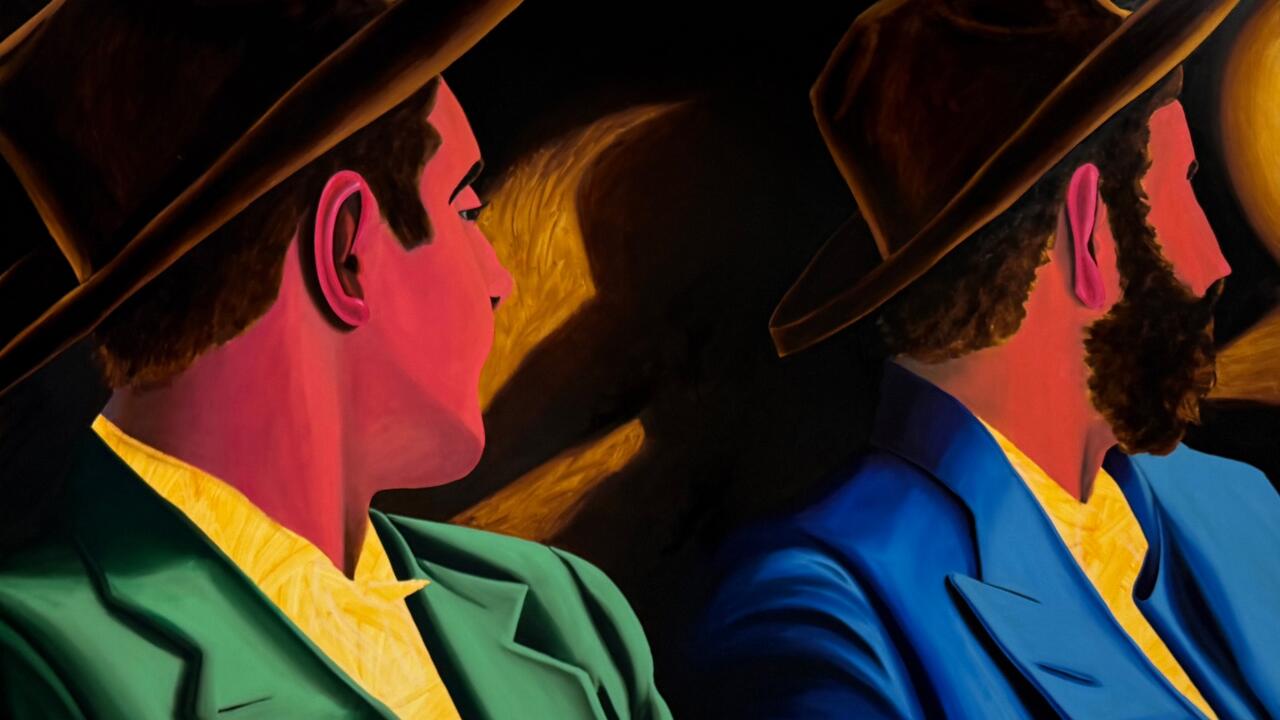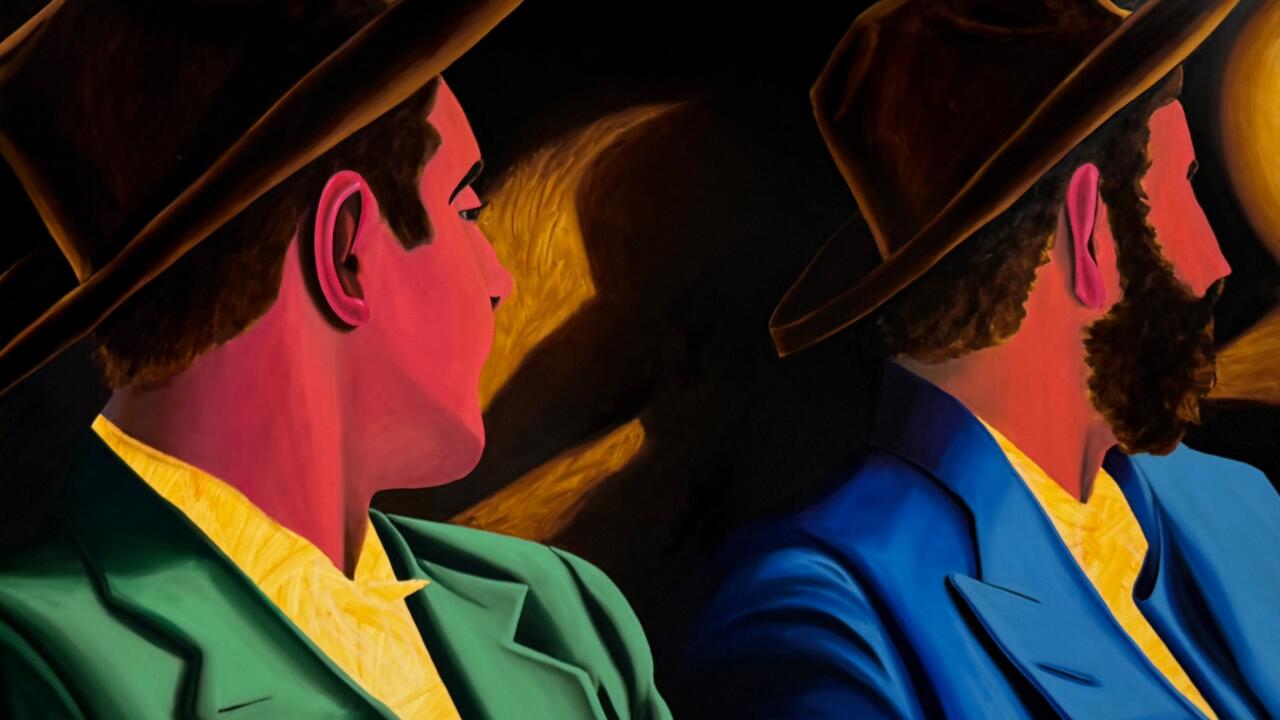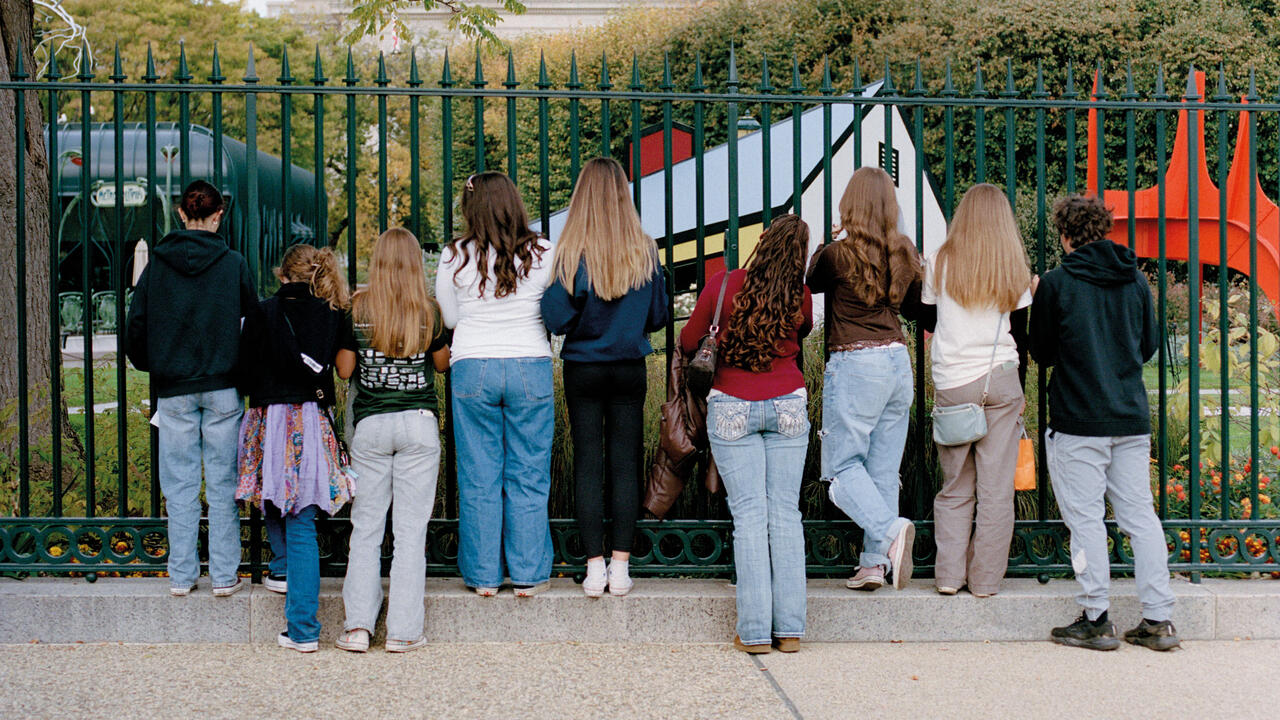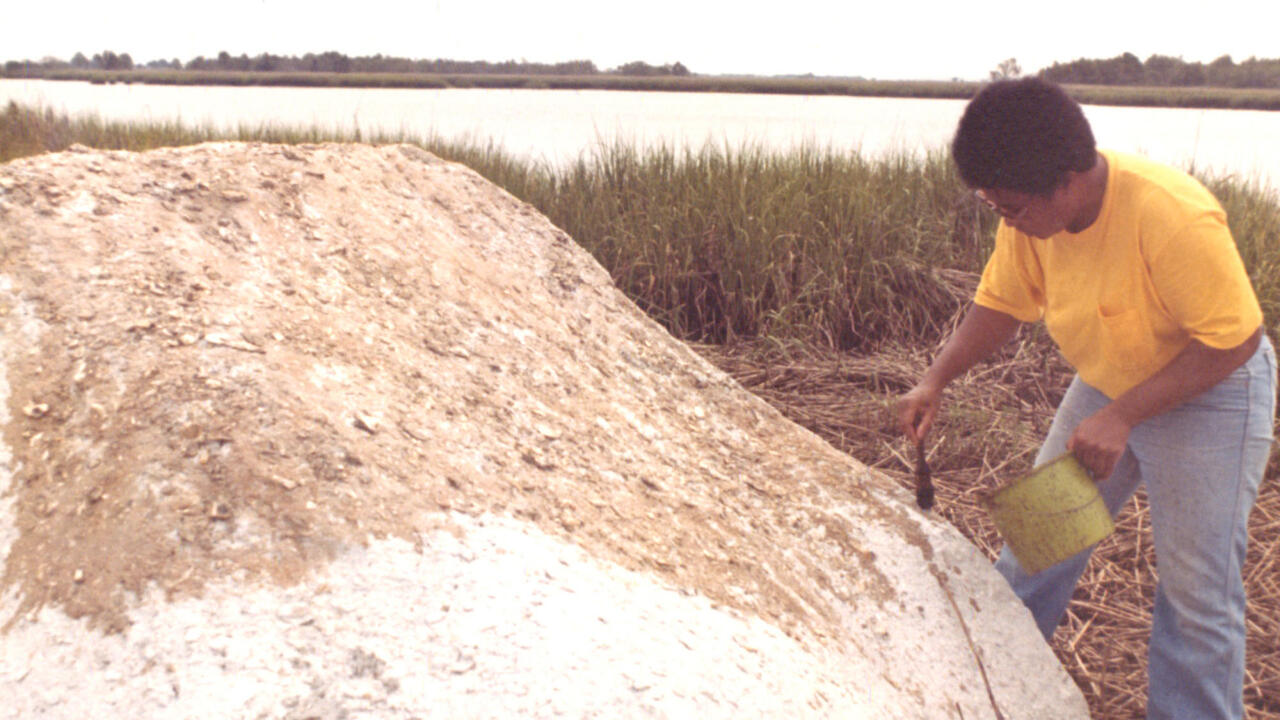Antonin Artaud’s Mirror of Madness
At Museo Tamayo, artists respond to the myth of the French playwright and theorist’s drug-fuelled collapse in the mountains of rural Mexico
At Museo Tamayo, artists respond to the myth of the French playwright and theorist’s drug-fuelled collapse in the mountains of rural Mexico

If, as Susan Sontag once argued, madness is a mirror – reflecting the limits of what we consider culturally acceptable – then what did Antonin Artaud see when he lost his mind in the mountains of Mexico, in the autumn of 1936? The French playwright and theorist had come to the country to lecture on the state of European theatre, but was fascinated by Mexican indigenous cosmology and its potential impact on revolutionary Marxism. His travels brought him to the dry, rocky terrain of Chihuahua state, to study the peyote rituals of the Rarámuri, or Tarahumara, people. There, a draught of liquid mescaline from the tip of a wooden rasp sent Artaud on a spiralling course of introspection that ended with his death, 12 years later. The apocryphal tale, immortalized by the playwright’s travelogue ‘A Voyage to the Land of the Tarahumara’ (1937), has since been used to allegorize the chafing of creative genius against the fragile edges of reason. ‘In Artaud,’ writes Sontag in her 1988 introduction to Antonin Artaud: Selected Writings (1988), ‘the artist as seer crystallizes, for the first time, into the figure of the artist as pure victim of his consciousness.’

‘Artaud 1936’, a two-part exhibition at Museo Tamayo in Mexico City, curated by Manuel Cirauqui, takes that mythic trip as its starting point, convening 15 works by modern and contemporary artists that refer explicitly to Artaud’s legend, or implicitly to themes of madness, civilization and indigeneity. For Artaud, traditional Tarahumara culture was a foil for modern European malaise and the many Mexican artists in this exhibition treat his primitivist fantasy with due irreverence. In the corners of five galleries, cacti bud from cracked pots by Abraham Cruzvillegas (The Friday Workshop, 2016); in the topsoil of each, a small sign reads ‘No Soy Cenicero’ – ‘I Am Not an Ashtray’. What first appears to be a warning to sloppy smokers then reads as a grim eschatological joke: in Tarahumaran legend, members of the tribe were first sculpted by God from clay, while outsiders were risen from ash. The placard’s feeble protest here frames the continued loss of ancestral Rarámuri lands to strip mining and drug tourism.

A pillar covered in dried grasses – Rometti Costales’s Mur de plie (Rain cloak, 2016) – stands at the show’s entrance like a hairy totem or the trunk of a desiccated palm. The collective’s gilded acacia branches (Psychonautic Scales of a Space of Equality in Bloom, 2015) lean casually against walls in the following galleries, like the burnt and twisted trees Artaud encountered in his journey through the Sierra Madre and which he referred to as ‘the mountain of signs’. (That phrase corresponds, somewhat awkwardly, to the title of the exhibition’s first part, ‘La Sierra de las Cosas’, or ‘the mountain range of things’.) If there is semiotic equivalence in Rometti Costales’s quiet, post-minimalist interventions, it is not of a known human language. In José Clemente Orozco’s brooding oil painting Culto a Huichilobos (Cult of the Huchilobos, 1947), skeletal figures with masses of dark, tangled hair process with a smoking bowl. In a nearby vitrine, meanwhile, Lucio Fontana’s surreal Portrait d’Antonin Artaud, by Otto Hahn (in 6 parts) (1968) imagines the author as a rust-red plastic vanity mirror, whose surface – bifurcated by a row of small holes – absorbs as much light as it reflects.

Each gallery contains yellowed issues of El Nacional, the Mexican newspaper for whom Artaud chronicled his journey, beneath shiny panes of vitrine glass. Several rare drawings by the writer appear, too: one soft untitled charcoal from 1944 depicts a bejeweled dagger whose heavy handle resembles a crucifix. A suite of recent ink drawings by Bruno Botella, ‘Artaud le Clodo’ (Artaud the Tramp, 2017) replicates Artaud’s furious crosshatch in forms like imploding fireballs. Other works refer not to the creative subconscious, but to social context: a 1925 photograph by German anthropologist Rudolph Zabel shows the Tarahumara posing with rotted corpses. Javier Téllez’s film To Have Done With the Judgment of God (2016), meanwhile, takes a more subjective approach, panning across the fingerlike rock pillars of the Sierra, and their protean shadows. Most astonishing of all is a selection of Aztec flint knives, inlaid with ghoulish mother-of-pearl teeth, red pigment gums and crazed obsidian eyes. The prospect of death by such a weapon would turn a laugh into a scream.

I missed Richard Hawkins’s bawdy ‘Norogachi: Ceramics After Artaud’ (2016), a series of reliefs on wood panels, whose tumescent ceramic figurines resemble the Venus of Willendorf, disemboweled or lanced by broken pencils and barbeque skewers. Cirauqui explained that he wished to shift emphasis from the US and Western Europe – whose colonialist fantasies Artaud embodied – to Mexico and Latin America, though he admitted that he ‘could not exclude’ Nancy Spero’s haunting Codex Artaud (1972), a choice redeemed by the artist’s strident opposition to US imperialism and the Vietnam War. In a selection of six paper panels, mounted on the wall like ancient scrolls, small painted and collaged figures careen through empty space: serpents slither from muddy clusters of flowers and uterine buds. One pair of bodies have been conjoined, Janus-like, at the waist: the upright figure probes the air with a spiky tongue, while his dangling twin flails his arms in despair. On the scroll to the left, a quote from Artaud appears: ‘L’appétit du nes pas être’, or ‘the appetite of non-being’ – Artaud’s desire to escape his own mind, to be freed by his own unravelling.
‘What, then, is this confrontation beneath the language of reason?’ Michel Foucault asks in Madness and Civilization (1961). ‘Where can an interrogation lead us which does not follow reason in its horizontal course, but seeks to retrace in time that constant verticality which confronts European culture with what it is not, establishes its range by its own derangement?’ Time itself comes undone in Cirauqui’s exhibition, as it might in the fog of a peyote trip. By combining contemporary and historical works that examine madness through different lenses, it undermines established narratives of the avant-garde, of whom we consider mad and whom sane, of what belongs inside a culture or outside of it. All this is regarded (or perhaps haunted) by an eerie presence: the bronze death mask of Artaud himself, mounted head-high on a gallery wall. I stared at him, and – even through lidded eyes – he stared right back at me.
‘Artaud 1936’ runs at the Museo Tamayo, Mexico City, until 20 May.






















